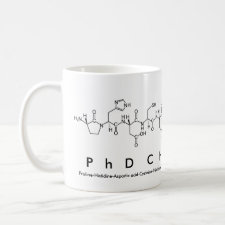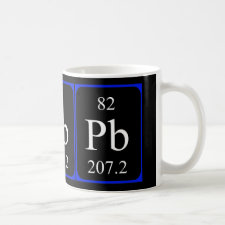
Authors: Kakavandi MG, Behbahani M, Omidi F, Hesam G
Article Title: Application of Ultrasonic Assisted-Dispersive Solid Phase Extraction Based on Ion-Imprinted Polymer Nanoparticles for Preconcentration and Trace Determination of Lead Ions in Food and Water Samples.
Publication date: 2017
Journal: Food Analytical Methods
Volume: 10
Issue: (7)
Page numbers: 2454-2466.
DOI: 10.1007/s12161-016-0788-8
Abstract: In this paper, we describe ultrasonic assisted-dispersive solid phase extraction based on ion-imprinted polymer (UA-DSPE-IIP) nanoparticles for the selective extraction of lead ions. Ultrasound is a good and robust method to facilitate the extraction of the target ions in the sorption step and elution of the target ions in the desorption step. The ion-imprinted polymer nanoparticles used in the UA-DSPE-IIP were prepared by precipitation polymerization technique. The ion-imprinted polymer nanoparticles was synthesized using 2-vinylpyridine as a functional monomer, ethylene glycol dimethacrylate as the cross-linker, 2,2'-azobisisobutyronitrile as the initiator, 1,3,4-thiadiazole-2,5-dithiol as the ligand, methanol/dimethyl sulfoxide as the solvent, and lead as the template ion, through precipitation polymerization technique. The IIP nanoparticles were characterized by Fourier transformed infra-red spectroscopy (FTIR), thermogravimetric and differential thermal analysis (TGA/DTA), and scanning electron microscopy (SEM). Box-Behnken design (BBD) was used for optimization of sorption and desorption steps in UA-DSPE-IIP. In the sorption step: pH of solution, IIP amount (mg), sonication time (min) for sorption and in the desorption step: concentration of eluent (mol L-1), volume of eluent (mL), and sonication time (s) for desorption was investigated and optimized by the Box-Behnken design. The optimum conditions for the method were pH of solution: 7.5, sonication time for sorption 7.5 min, IIP amount 24 mg, type and concentration of eluent HCl 1.4 mol L-1, volume of eluent 2.1 mL, and sonication time for desorption 135 s. Under the optimized conditions, the limit of detection and relative standard deviation for the detection of lead ions by UA-DSPE-IIP was found to be 0.7 μg L-1 and <4%, respectively
Template and target information: lead ions, Pb(II)
Author keywords: Ultrasonic assisted-dispersive solid phase extraction, Ion-imprinted polymer nanoparticles, Box-Behnken design, lead ions



Join the Society for Molecular Imprinting

New items RSS feed
Sign-up for e-mail updates:
Choose between receiving an occasional newsletter or more frequent e-mail alerts.
Click here to go to the sign-up page.
Is your name elemental or peptidic? Enter your name and find out by clicking either of the buttons below!
Other products you may like:
 MIPdatabase
MIPdatabase









